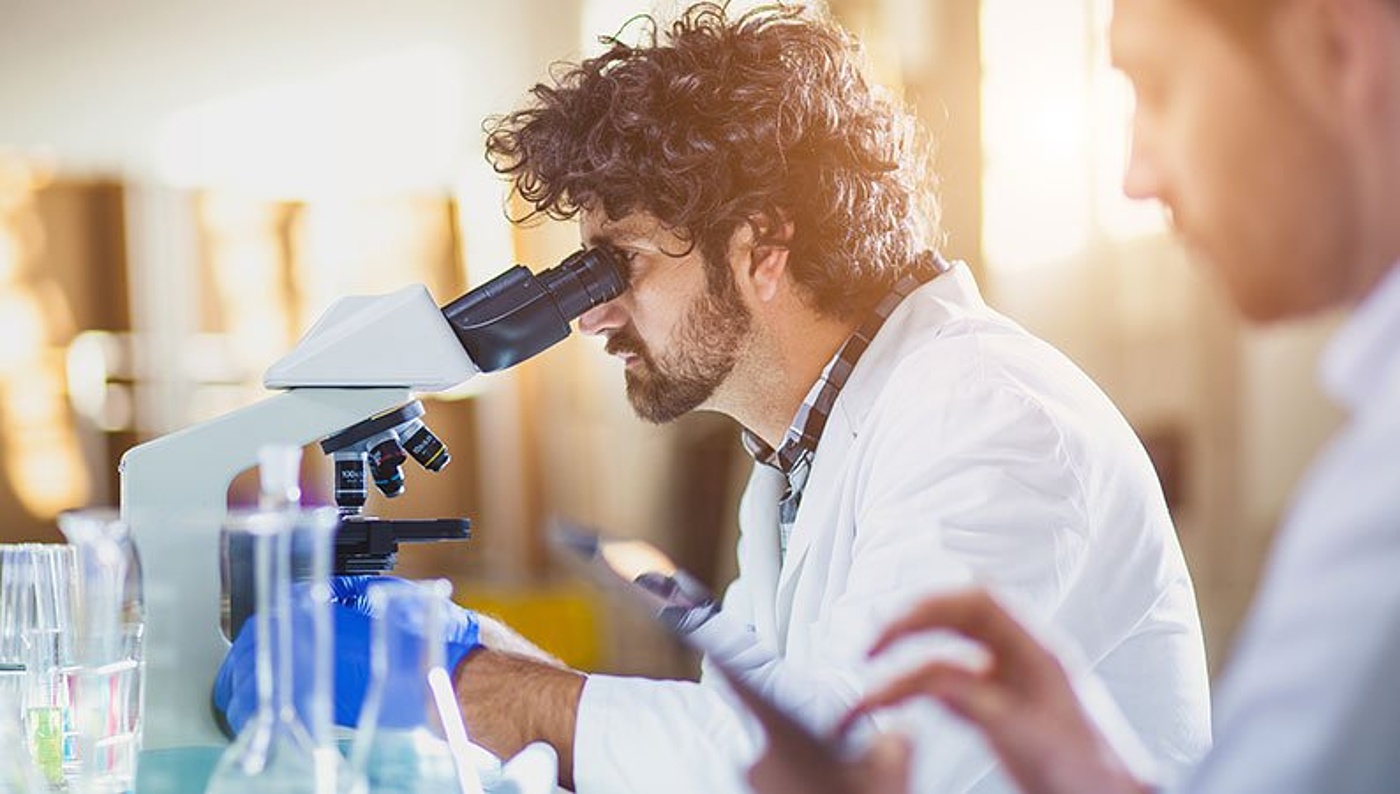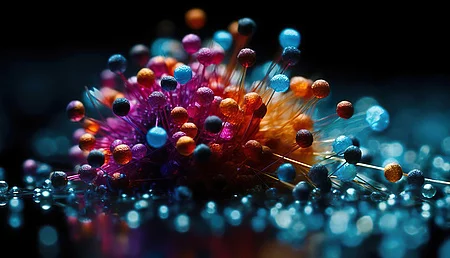
SPCs and new developments in the biotech sector
When the European Regulation on Supplementary Protection Certificates (SPCs) was first drawn up, it concerned almost exclusively the so-called "small molecules," i.e., drugs with a relatively simple structure. No one could have guessed what rapid development in the pharmaceutical industry, particularly biotechnology, we would experience today. Now, 25 years later, we cannot help but wonder whether the Regulation still meets today's technical requirements.
The fact that developing a new working substance can sometimes take up to 15 years or longer, and thus leave only a few years of the patent term to achieve amortization, prompted the European Commission to create the SPCs in 1992. If the period between the patent application and the granting of authorization is longer than five years, an SPC can extend the term of the patent for up to five years. Additionally, if results from pediatric studies are submitted, the term may be extended by a further six months.
The product: a central concept
In essence, SPCs are granted for products. The term "product" refers, in the Regulation, to the active substance or composition of the active substance of a medicinal product. In legal terms, "product" means the area in which the basic patent and the marketing authorization overlap. If, for example, the basic patent protects the substance itself (substance patent), then the product covers the indication(s) for this substance, which were authorized, since a substance patent protects all possible indications. Only one SPC can be granted per applicant and product. Therefore, it is essential to know whether a modified form of an active substance is the same or a different "product."
Once a patent has been granted, an applicant has six months from the grant of authorization to file an application for an SPC. It should be noted that it is irrelevant to whom the authorization has been granted, but if authorization has already been granted for the same product, then this earlier licence determines the application period. All these details illustrate the enormous importance of the unambiguous definition of the product.
Biosimilars and the concept of product
In principle, even minor chemical changes to a molecule result in a new product. If, for example, a side chain of an aromatic is slightly changed, we have a completely new product. But what about active biotechnological substances such as biosimilars? These biological products almost always have minor structural differences to the corresponding original preparations. However, the term "biosimilar" means that, despite these differences, the biosimilar and the original are basically equivalent in effect, i.e., have the same pharmacological results. The European Court of Justice (ECJ) has not yet ruled on this issue, and it remains to be seen how future case law on this subject will develop.

SPCs are an Intellectual Property right that apply to specific pharmaceutical and plant protection products that have been authorized by regulatory authorities. They can extend a patent right for a maximum of five years.
The manufacturing waiver
On May 14, 2019, the European Council adopted the manufacturing waiver, which limits the effects of an SPC. This manufacturing waiver will enable generic companies to produce the drugs protected by it within the European Union (EU) during the term of an SPC, provided that they are intended for distribution outside the EU. Also, protected medicinal products may be manufactured within the EU within the last six months of the duration to be marketed within the EU at the end of the SPC. This should improve the possibilities for generic and biosimilar manufacturers to investigate any potential disadvantage regarding suppliers outside the EU. This is of particular importance for generic pharmaceutical makers as biosimilars are subject to high-quality requirements due to their enormous technical complexity. Therefore it is advantageous for this category of substances to be produced within the EU.
Jurisprudence
It remains to be seen how case law will adapt to the new technical developments. With its decision C-631/13 (Forsgren), the ECJ issued an initial decision with regard to biotechnological preparations and SPCs, which shows that the protective instrument of an SPC can also be sensibly applied to new developments in the field of biotechnology.
The article was first published in the Platform Life Sciences magazine, Biotechnologie, September 2019.
Filed in

Take an in-depth look at medical devices and how IP will foster, inform and protect more innovative healthcare experiences.



